Hippocampus Maintains a Coherent Map Under Reward Feature-Landmark Cue Conflict
- PMID: 35558552
- PMCID: PMC9086833
- DOI: 10.3389/fncir.2022.878046
Hippocampus Maintains a Coherent Map Under Reward Feature-Landmark Cue Conflict
Abstract
Animals predominantly use salient visual cues (landmarks) for efficient navigation. When the relative position of the visual cues is altered, the hippocampal population exhibits heterogeneous responses and constructs context-specific spatial maps. Another critical factor that can strongly modulate spatial representation is the presence of reward. Reward features can drive behavior and are known to bias spatial attention. However, it is unclear whether reward features are used for spatial reference in the presence of distal cues and how the hippocampus population dynamics changes when the association between reward features and distal cues is altered. We systematically investigated these questions by recording place cells from the CA1 in different sets of experiments while the rats ran in an environment with the conflicting association between reward features and distal cues. We report that, when rewards features were only used as local cues, the hippocampal place fields exhibited coherent and dynamical orientation across sessions, suggesting the use of a single coherent spatial map. We found that place cells maintained their spatial offset in the cue conflict conditions, thus showing a robust spatial coupling featuring an attractor-like property in the CA1. These results indicate that reward features may control the place field orientation but may not cause sufficient input difference to create context-specific spatial maps in the CA1.
Keywords: attention; cue conflict; place cells; reward; tetrode.
Copyright © 2022 Nair, Bhasin and Roy.
Conflict of interest statement
The authors declare that the research was conducted in the absence of any commercial or financial relationships that could be construed as a potential conflict of interest.
Figures

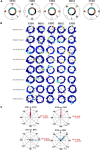
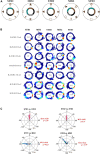
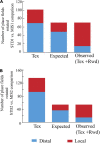
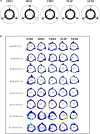
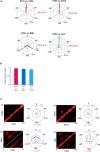
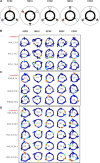
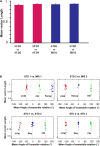

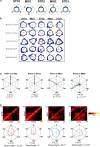
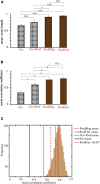
Similar articles
-
Attractor-like Dynamics in the Subicular Complex.J Neurosci. 2022 Oct 5;42(40):7594-7614. doi: 10.1523/JNEUROSCI.2048-20.2022. Epub 2022 Aug 26. J Neurosci. 2022. PMID: 36028315 Free PMC article.
-
Head direction cell representations maintain internal coherence during conflicting proximal and distal cue rotations: comparison with hippocampal place cells.J Neurosci. 2006 Jan 11;26(2):622-31. doi: 10.1523/JNEUROSCI.3885-05.2006. J Neurosci. 2006. PMID: 16407560 Free PMC article.
-
Differential Representation of Landmark and Self-Motion Information along the CA1 Radial Axis: Self-Motion Generated Place Fields Shift toward Landmarks during Septal Inactivation.J Neurosci. 2018 Jul 25;38(30):6766-6778. doi: 10.1523/JNEUROSCI.3211-17.2018. Epub 2018 Jun 28. J Neurosci. 2018. PMID: 29954846 Free PMC article.
-
Increased Variability and Asymmetric Expansion of the Hippocampal Spatial Representation in a Distal Cue-Dependent Memory Task.Hippocampus. 2016 Aug;26(8):1033-50. doi: 10.1002/hipo.22585. Epub 2016 Mar 31. Hippocampus. 2016. PMID: 26972836
-
Navigation outside of the box: what the lab can learn from the field and what the field can learn from the lab.Mov Ecol. 2014 Feb 3;2(1):3. doi: 10.1186/2051-3933-2-3. eCollection 2014. Mov Ecol. 2014. PMID: 25520814 Free PMC article. Review.
Cited by
-
Dynamic Hippocampal CA2 Responses to Contextual Spatial Novelty.Front Syst Neurosci. 2022 Aug 8;16:923911. doi: 10.3389/fnsys.2022.923911. eCollection 2022. Front Syst Neurosci. 2022. PMID: 36003545 Free PMC article.
-
Responses of coal tits (Periparus ater) to aversive food: insights into hoarding motivation and memory.Anim Cogn. 2025 Jun 5;28(1):44. doi: 10.1007/s10071-025-01969-8. Anim Cogn. 2025. PMID: 40471429 Free PMC article.
References
Publication types
MeSH terms
LinkOut - more resources
Full Text Sources
Miscellaneous

